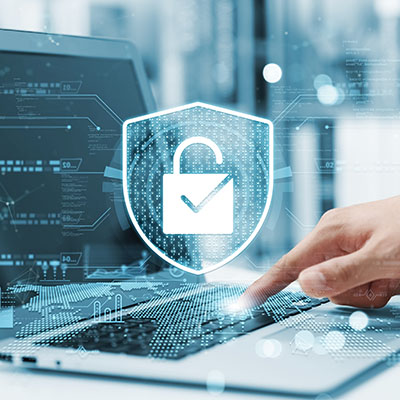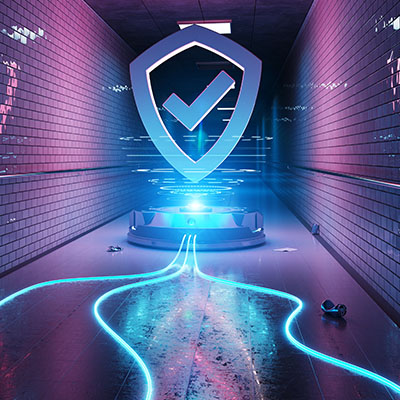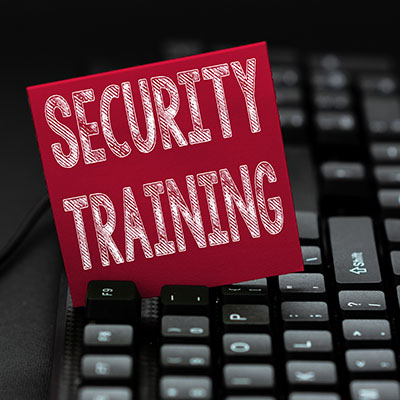Countless challenges arise for businesses, ranging from supply chain disruptions and employee turnover to the unpredictable forces of natural disasters. Among these challenges, cyberattacks stand out as an inconspicuous yet highly menacing threat. In this article, we delve into the various ways cyberattacks endanger your business and provide insights on how to prepare for them effectively.
With technology being an integral part of our lives and society at large, cyberthreats continue to evolve and pose significant risks. One such threat that is on the rise is browser hijacking attacks. Let’s explore the dangers of these attacks, including the techniques employed by hackers, and how small and medium-sized businesses can protect themselves.
Passwords play a pivotal role in safeguarding an organization’s cybersecurity, serving as a vital tool for employees that surpasses the risks of relying on their own memory. In this month’s discussion, we delve into the advantages and disadvantages of employing password managers to fortify the protection of company-owned digital assets.
With so many threats in business, it doesn’t take much to fall victim to a cyberattack or a scam. Understanding the dangers out there is the first step in enacting a cybersecurity process that can keep your users and your business safe. Let’s take a look at how to build one in this month’s newsletter.
Cyberattacks are a serious problem that all businesses face in some form or another, but there are small, everyday tasks you can do to ensure that they impact your organization as minimally as possible. It takes intention and effort to protect your business and its infrastructure, but that doesn’t mean that it has to be hard. Here are three simple ways you can keep your infrastructure secure.
The modern threat landscape is vast and unpredictable, and even if you think you know enough about cybersecurity to protect your business, we bet that you don’t. It’s not even just in the business world, either; individuals also struggle against cyberthreats, and so too do IT administrators. The next couple of weeks will be dedicated to cybersecurity to get across everything you need to know about it.
As a business professional, it’s your responsibility to protect your company’s digital assets from cybercrime, but the path forward is not always so easy or clear-cut. Without a thorough knowledge and expertise of IT security at your disposal, it can be challenging to protect your infrastructure as adequately as it needs to be. Here are some of the common issues that involve cybersecurity, as well as how you can address them.
When many businesses look to hire new staff, they typically have a series of qualifications they need each applicant to meet before they grant interviews. They make their selection, do their entrance training, and then expect that the new hire will settle in and be as productive as possible as soon as possible.
Businesses today have to deal with more potential problems than in any time in history. They are dealing with cost increases at every turn, personnel shortages, and a regulatory landscape that is always evolving. One of the biggest issues that can have a negative effect on a business is not having the processes and resources in place and working to secure its data and network. Today, we will look at five suggestions that can work to help your business keep its network and data more secure.
Security is an incredibly important part of running a business, but it’s extremely easy for busy employees to fall short of the security expectations you might place on them. This is why it is so important to train your employees on the many facets of cybersecurity. By training them, you are preparing them to tackle the plethora of challenges they will encounter throughout the workday.
- 1
- 2










